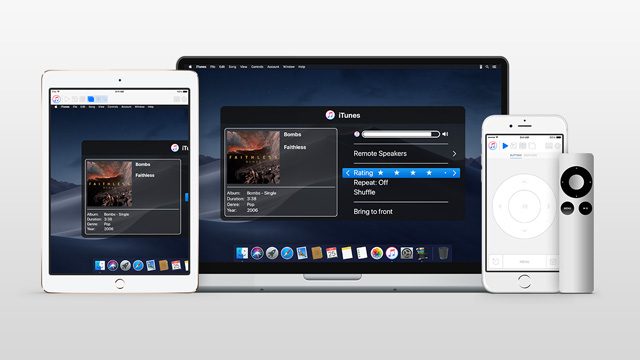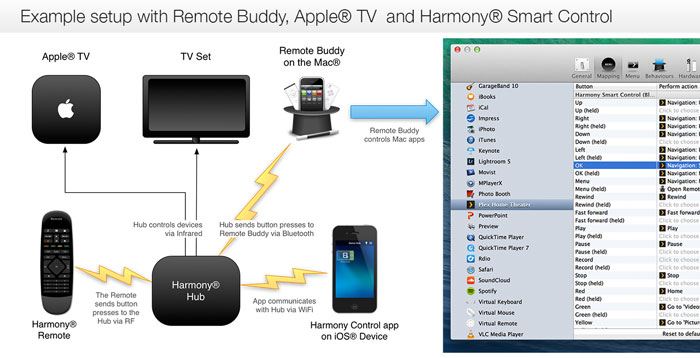


Knapp also leads the Music, Sensors, and Emotion research group, with researchers in the UK and the US.įor more than 25 years, Dr. ICAT seeks to promote research and education at the boundaries between art, design, engineering, and science. Looking towards the fall, they will discuss questions such as: What does COVID aware / future oriented pedagogy look like? What are the advantages of small, online arts / technology classes? What should be the decision structure for choosing between online, in-person, or blended teaching? Moderatorīenjamin Knapp is the Founding Executive Director of the Institute for Creativity, Arts, and Technology (ICAT) and Professor of Computer Science at Virginia Tech. Finally, the panel will close by looking at some of the ways the music community has responded to the pandemic and questioning who these responses benefit, both now and long-term. Panelists will use feedback from their students to address the advantages and disadvantages of online learning for specific course material, and what students hope to gain from this “new” mode of learning. Panelists will also discuss the challenges of incorporating a service-learning component into an online course, and how they have used guiding questions for listening assignments to encourage experiential learning.
#Add harmony remote to remote buddy how to#
With a specific focus on remote music instruction, this panel will explore how to maintain a personal connection with students within a virtual space, the strengths and weaknesses of technology when used to give students performance-based feedback and emotional support, and how to sustain morale and continue to develop new ideas for creativity as the novelty of remote teaching and learning wanes. With this new webinar series, a2ru hopes to provide that space. As we look towards the fall, and continued remote instruction for many schools, arts instructors still need a space to hear others’ experiences, share, and gather resources on navigating online arts instruction.

Teachers and students worked together to learn new technology resources for remote teaching were shared throughout the art community and genuine efforts were made to maintain a sense of community despite the imposed social distance. As humans so often do in times of crisis, our communities rose to the challenge. Amidst feelings of isolation and anxiety about the future, teachers and students had to adjust to a new way of learning and teaching. This past semester saw a swift transition to remote arts instruction for many teachers.


 0 kommentar(er)
0 kommentar(er)
